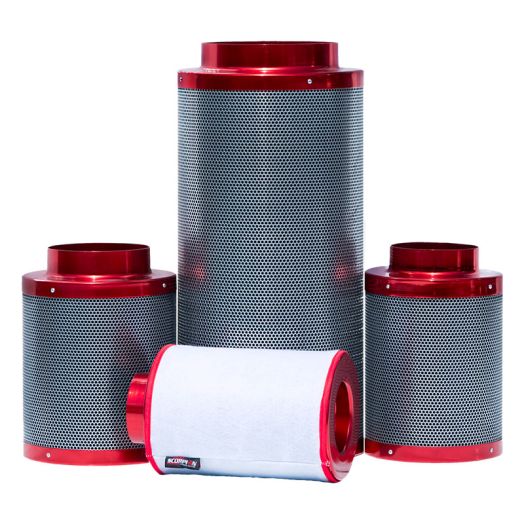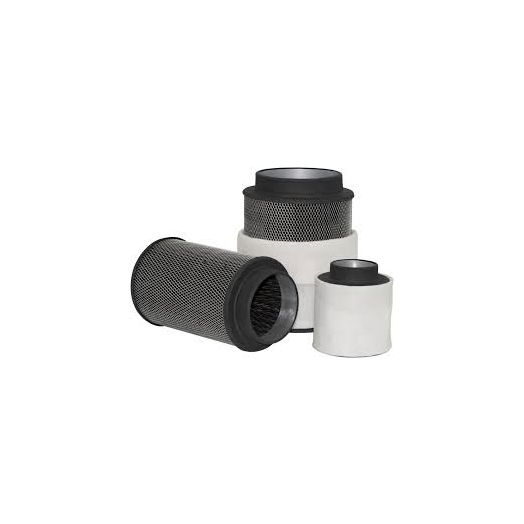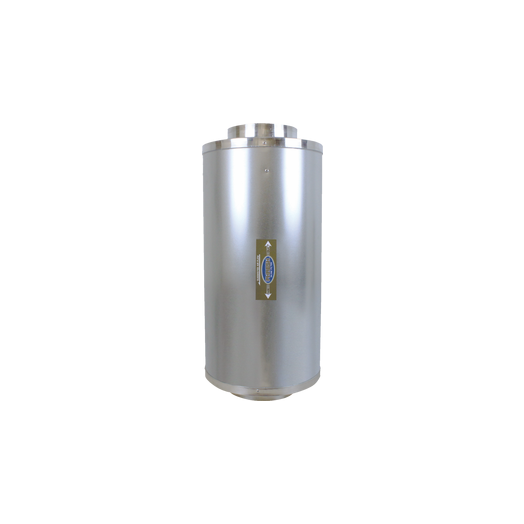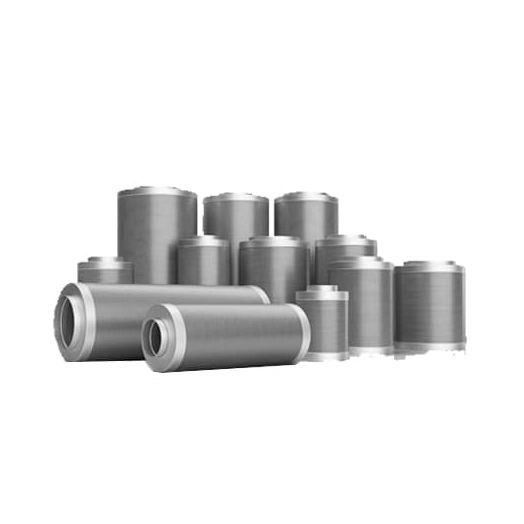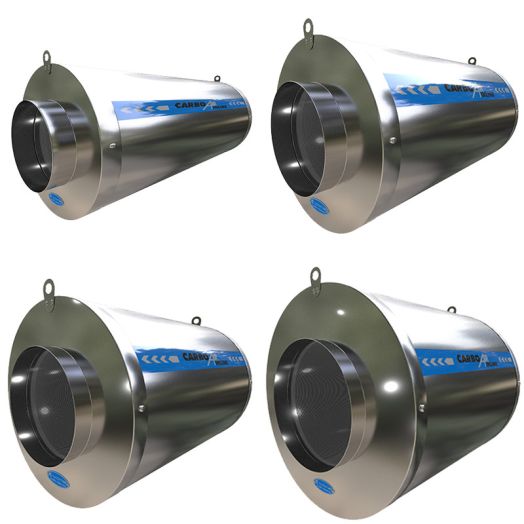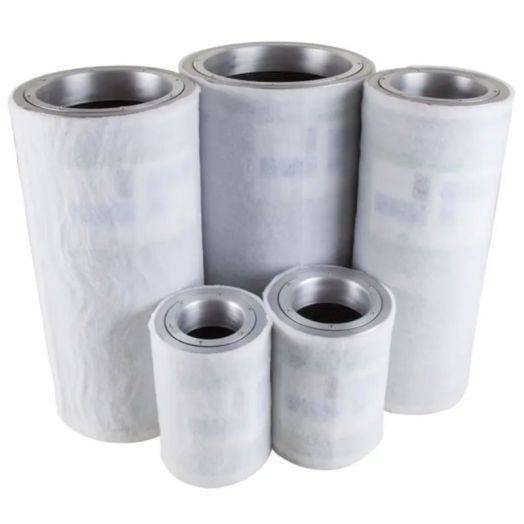Carbon Filters

Bringing your garden inside has the potential to lead to unwanted smells in your home. Growing inside results in unwanted smells from strong smelling soils and fertilizer to biological intruders growing in your reservoir and rotting plant material - most hydroponic gardens can be smelly. Smells originate from Volatile Organic Compounds (VOC) that evaporate into the atmosphere at room temperatures. The activated carbon in carbon filters works to absorb and remove VOC’s from the air as it passes over the micropores in the carbon. Read our buyers guide below for more on Carbon filters and how to use them in your indoor garden.
Carbon Filters
Odours from your indoor hydroponic garden are inevitable - There are sources of potential smells everywhere. Carbon Filters are used in a hydroponic setting to reduce or eliminate the smells from your garden, allowing it to operate in residential spaces such as spare bedrooms.
While Carbon Filters are most often used on extraction, you can attach a carbon filter to your intake to ensure the air entering your room is free from particulates. Plants have the ability to absorb certain VOCs such as formaldehyde, which is off-gassed from various household items; these VOCs can end up in the plant - where they stay until harvest which could negatively affect the taste and smell of your fruit or flowers.
Most growers keep their fans attached to their extraction on for 24 hours a day, 7 days a week throughout the entire cycle. This helps to maintain a negative pressure in your grow space so no smells can escape through the tiny cracks and crevices in your garden. Constantly running extraction also helps refresh the used, stale and hot air from the garden, drawing in fresh air which should positively impact on plant health.
Different manufacturers of Carbon Filters utilise various types of carbon, including powdered, granulated and pelletised with various pro’s and con’s of each. Premium filter manufacturers tend to use a deeper carbon bed so the airflow passes through more carbon on its journey through the filter leading to a more thorough scrubbing of VOCs from the air at higher flow rates and a longer lasting filter. You should never exceed a carbon filters maximum flow rate as stated on the box as this will lead the air to be in contact with the carbon for a far shorter time period, so some VOCs may pass through the filter intact. We suggest you always get a bigger fan and filter than you need to ensure you’ll have enough airflow for you indoor garden throughout the year whilst completely scrubbing the air.
Carbon Filters are susceptible to humidity as the carbon will stop being able to remove VOCs at humidities above about 75% - once the filter dries out it will continue as normal but large, constant humidity fluctuations will deteriorate the life of the filter.
We only stock filters that are proven to work; keeping up to date on the most recent tests allow us to know which brands of filter are at the top of the game and we only carry brands we trust.
Be careful when calculating your ventilation requirements for your grow space, most fan and filter manufacturers rate their equipment in CFM (cubic feet per minute) so make sure you measure your space using feet not metres to keep quantities consistent. Your Carbon Filter works better the higher it’s mounted in your room so it’s best to hang it from your ceiling. Hot air rises so by mounting your carbon filter as high as possible, your extracting the hottest stalest air from the room.
If you’re unsure of the exact requirements for your space, email us or call our specialist team on 0800 085 7995 who can advise you on the best carbon filter for your requirements, budget and space.





